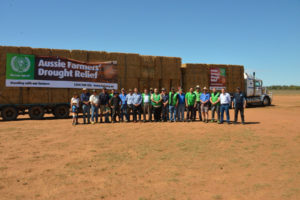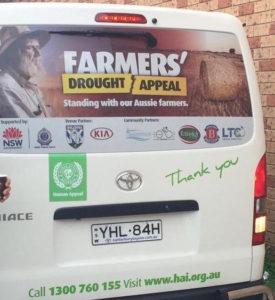Asylum seekers were beaten with electric batons, subdued with capsicum spray and kept in excessively cramped conditions below deck on boats intercepted by the Australian navy last year, a New York-based human rights organisation said yesterday.
Human Rights Watch said Australian soldiers threatened to shoot asylum seekers, denied hospital treatment to a woman bleeding severely after childbirth, and deserted barely seaworthy vessels in high seas just beyond Indonesia.
In its first full report on Australia, Human Rights Watch disputed the Federal Government’s assumption that asylum seekers could receive effective protection in countries where they first sought asylum, such as Iran and Pakistan, or that they could obtain protection in countries they passed through en route, such as Indonesia and Malaysia.
This assumption provides the basis for the government’s system of continuous temporary protection visas, under which asylum seekers who spend more than seven days in another country where they could have sought asylum are not entitled to permanent residency, family reunion rights, English language classes or Job Network assistance.
A spokeswoman for Defence Minister Robert Hill said the allegations had already been rejected by the Defence Department as being untrue and unfair. She said electronic batons were not even issued to the military.
Immigration Minister Philip Ruddock’s spokesman said suggestions that asylum seekers could not claim protection en route did not stack up, as more than 800 people had already been assessed by the United Nations High Commissioner for Refugees in Indonesia and given protection since the boats began coming several years ago.
The report stated that the interception of boats, the forcible return of asylum seekers to Indonesia, mandatory detention and the use of temporary protection visas all violated international human rights standards.
“A traditional leader in the refugee field . . . Australia is now undermining the foundations of the international protection regime,” the report said.
The report was released as:






